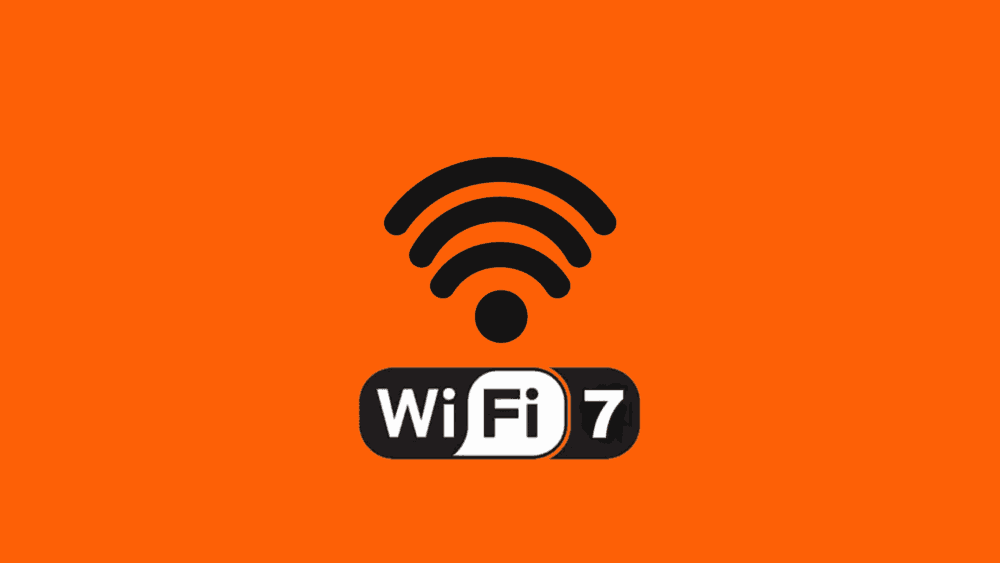Wi-Fi 7: Excellence Without Compromise
This year marks the arrival of Wi-Fi 7, the next generation of wireless technology designed to boost reliability and reduce latency while maintaining high data transfer speeds. According to Carlos Cordeiro, Chief Wireless Technology Officer at Intel, this update focuses on lowering latency and improving signal consistency.
Key Features of Wi-Fi 7
One of the standout innovations in Wi-Fi 7 is Multi-Link Operation (MLO), which Kevin Robinson, President and CEO of the Wi-Fi Alliance, calls a “remarkable feature” of the new generation. MLO allows devices to distribute data streams across multiple channels within one or more frequency bands, increasing reliability and reducing latency.
Wi-Fi 7 also increases the maximum channel width to 320 MHz, providing greater bandwidth. However, in some regions, full 320 MHz channels are not available due to other spectrum allocations. In these cases, Wi-Fi 7 includes a “puncturing” feature that allows devices to avoid interference while maintaining effective channel width.
Certification and Standardization
Wi-Fi 7 certification, scheduled for the first quarter of 2024, is the result of years of collaborative work in wireless technology. After certification, manufacturers will verify that their devices meet established standards.
Separately from the Wi-Fi Alliance certification process, the IEEE will ratify the new 802.11 standard. These two processes are not entirely equivalent—not everything in the standard is included in the Wi-Fi Alliance certification. Nevertheless, the new version, 802.11be, is expected to be ratified later this year, following the release of Wi-Fi 7 certification.
What to Expect for Consumers
Once Wi-Fi Certified 7 is released, manufacturers will bring their devices to one of 20 authorized testing labs worldwide to confirm compliance with Wi-Fi Alliance specifications. Most importantly, certified devices are guaranteed to work correctly and reliably.
Wi-Fi 7 devices are already available on the market, and manufacturers will undergo official certification as it becomes available. Work on Wi-Fi 8 has already begun, signaling even more advancements in wireless technology in the future.



